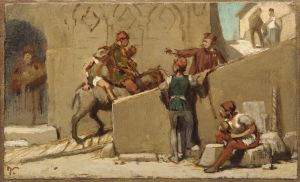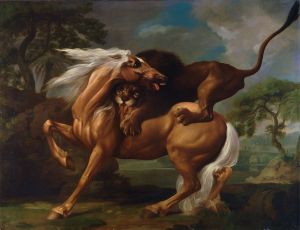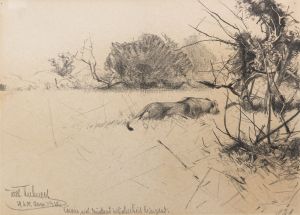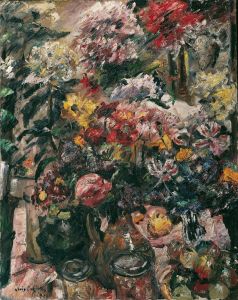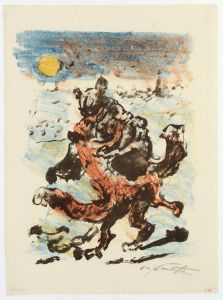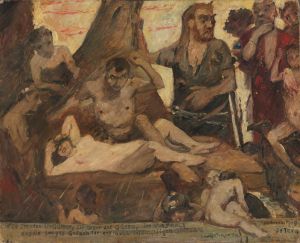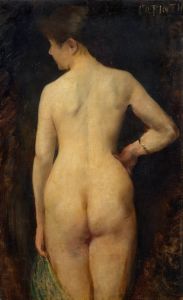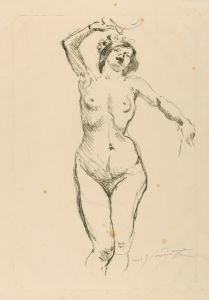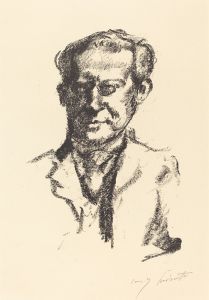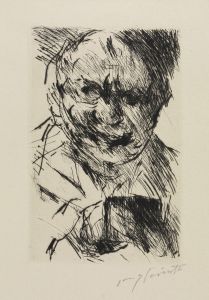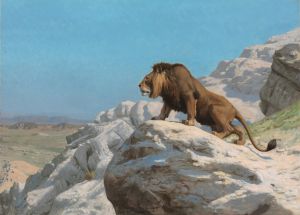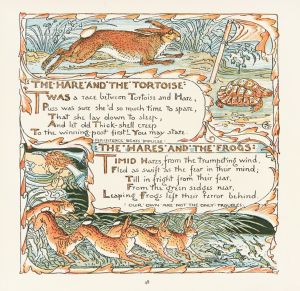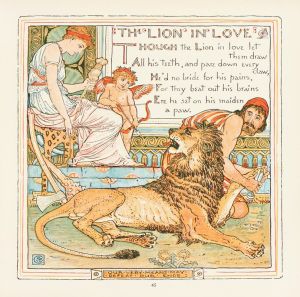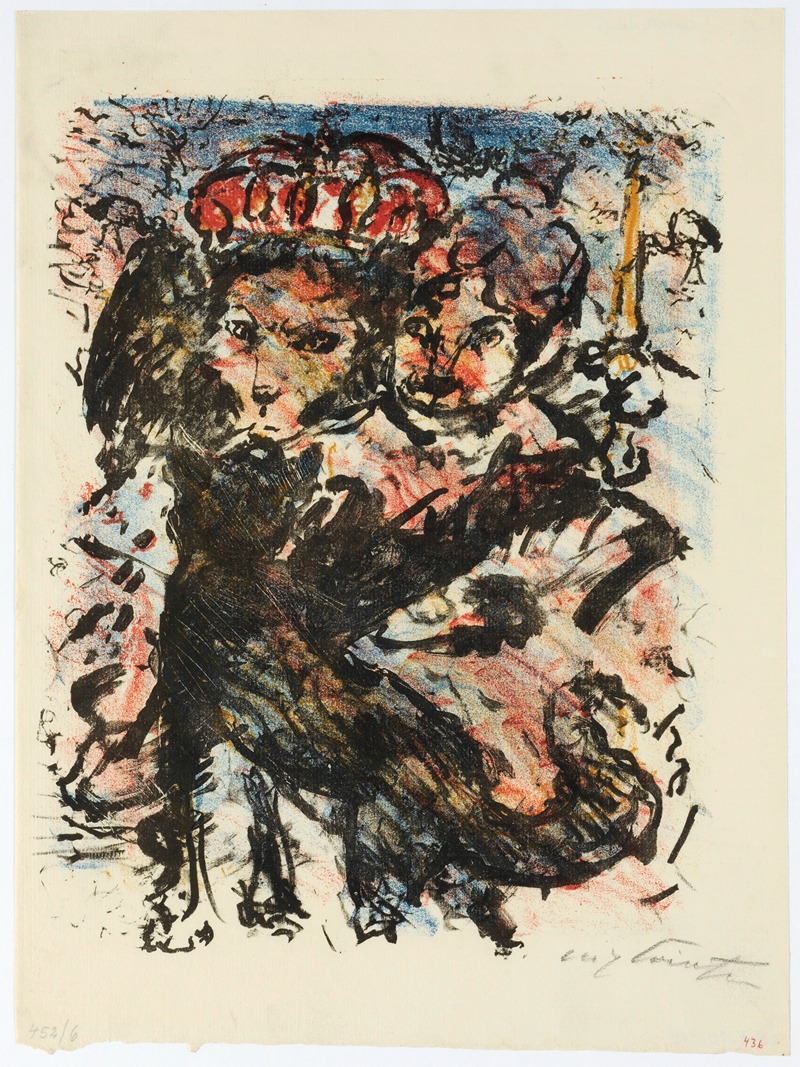
Der Löwe Nobel Mit Seiner Gattin Und Dem Wolf Isegrim
A hand-painted replica of Lovis Corinth’s masterpiece Der Löwe Nobel Mit Seiner Gattin Und Dem Wolf Isegrim, meticulously crafted by professional artists to capture the true essence of the original. Each piece is created with museum-quality canvas and rare mineral pigments, carefully painted by experienced artists with delicate brushstrokes and rich, layered colors to perfectly recreate the texture of the original artwork. Unlike machine-printed reproductions, this hand-painted version brings the painting to life, infused with the artist’s emotions and skill in every stroke. Whether for personal collection or home decoration, it instantly elevates the artistic atmosphere of any space.
"Der Löwe Nobel Mit Seiner Gattin Und Dem Wolf Isegrim" is a painting by the German artist Lovis Corinth, created in 1913. Lovis Corinth (1858-1925) was a prominent figure in the German art scene and is known for his contributions to the Impressionist and later Expressionist movements. His works often feature a vigorous brushwork and a vivid use of color, characteristics that are evident in this painting.
The title of the painting translates to "Nobel the Lion with His Wife and the Wolf Isegrim," which references characters from the medieval beast epic "Reynard the Fox." This collection of fables, which originated in the 12th century, features anthropomorphic animals and satirical tales that critique human society. In these stories, Nobel the Lion is the king of the animals, and Isegrim the Wolf is one of his subjects, often depicted as a brutish and greedy character.
In "Der Löwe Nobel Mit Seiner Gattin Und Dem Wolf Isegrim," Corinth brings these characters to life with his dynamic and expressive style. The painting portrays Nobel the Lion in a regal manner, accompanied by his wife, who is depicted with a sense of grace and nobility. Isegrim the Wolf is also present, characterized by his menacing and cunning appearance. The interaction between these figures is charged with tension and drama, reflecting the complex relationships and moral undertones of the original fables.
Corinth's use of color and light in this painting is particularly noteworthy. He employs a rich palette to create a sense of depth and texture, with bold strokes that convey movement and emotion. The composition is carefully balanced, with the figures arranged in a way that draws the viewer's eye across the canvas, creating a dynamic and engaging scene.
The painting is a fine example of Corinth's ability to blend narrative content with his distinctive artistic style. It showcases his skill in capturing the essence of his subjects while imbuing them with a sense of vitality and immediacy. This work also reflects Corinth's interest in literature and mythology, themes that recur throughout his oeuvre.
"Der Löwe Nobel Mit Seiner Gattin Und Dem Wolf Isegrim" is housed in the collection of the National Gallery in Berlin, Germany. It remains an important piece within Corinth's body of work and continues to be studied and appreciated for its artistic and historical significance.
Overall, this painting is a testament to Lovis Corinth's mastery as an artist and his ability to interpret and reimagine literary themes through his unique visual language. It stands as a significant contribution to early 20th-century German art and offers insight into the cultural and artistic milieu of the time.





